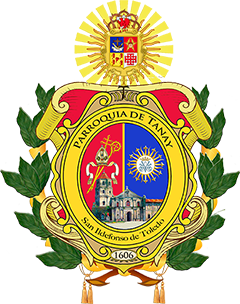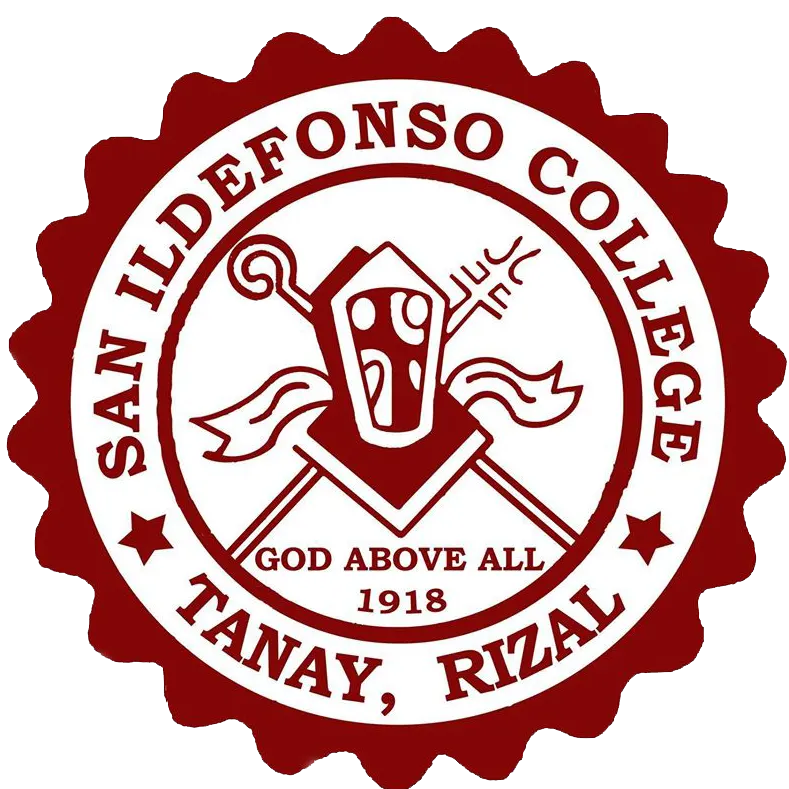
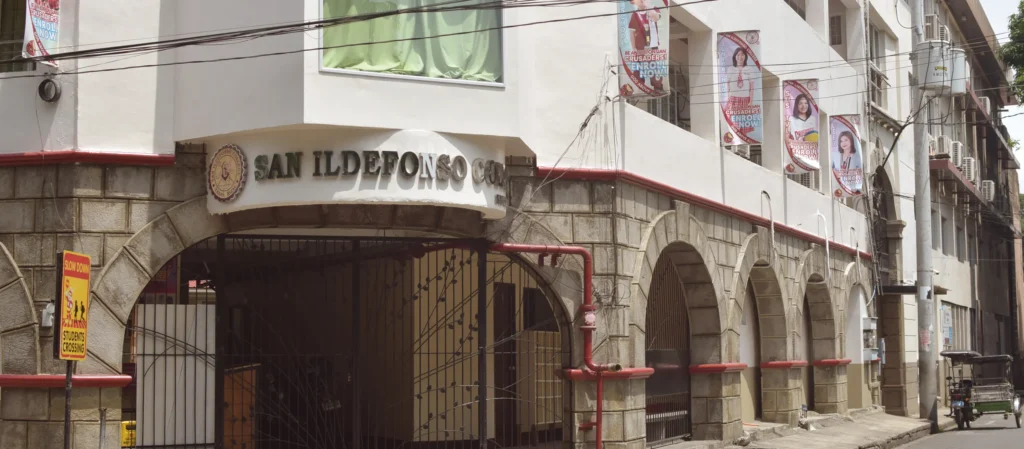
SAN ILDEFONSO COLLEGE
History
San Ildefonso College (SIC) has the distinction of being the first diocesan college in the Diocese of Antipolo. It is dedicated to the formation of the young and adults of Tanay and the surrounding municipalities through its levels of education – pre-school, elementary, junior and senior high school, and college.
SIC was founded as Tanay Catholic School in 1918 by Father Cornelio de Brower, CICM. The school continued to function actively as an elementary school through the leadership of the parish priest of Tanay until 1936. The school’s operation was temporarily stopped during World War II. After the liberation in 1946, Fr. Edmond Bahl, a young American Columban missionary, was assigned to Tanay and saw the need to revive the school. Tommy Chema, aide to the Navy Commander in Manila, gave Fr. Bahl moral and material support to realize the dream.
The school was reopened in July 1947. It was named San Ildefonso High School in honor of the patron saint of the town, San Ildefonso de Toledo. Government recognition of the school was given in 1949. In 1950, the school started to offer elementary education, and the Sisters of Saint Paul de Chartres were invited by the then parish priest, Fr. Arthur Price to administer the school.
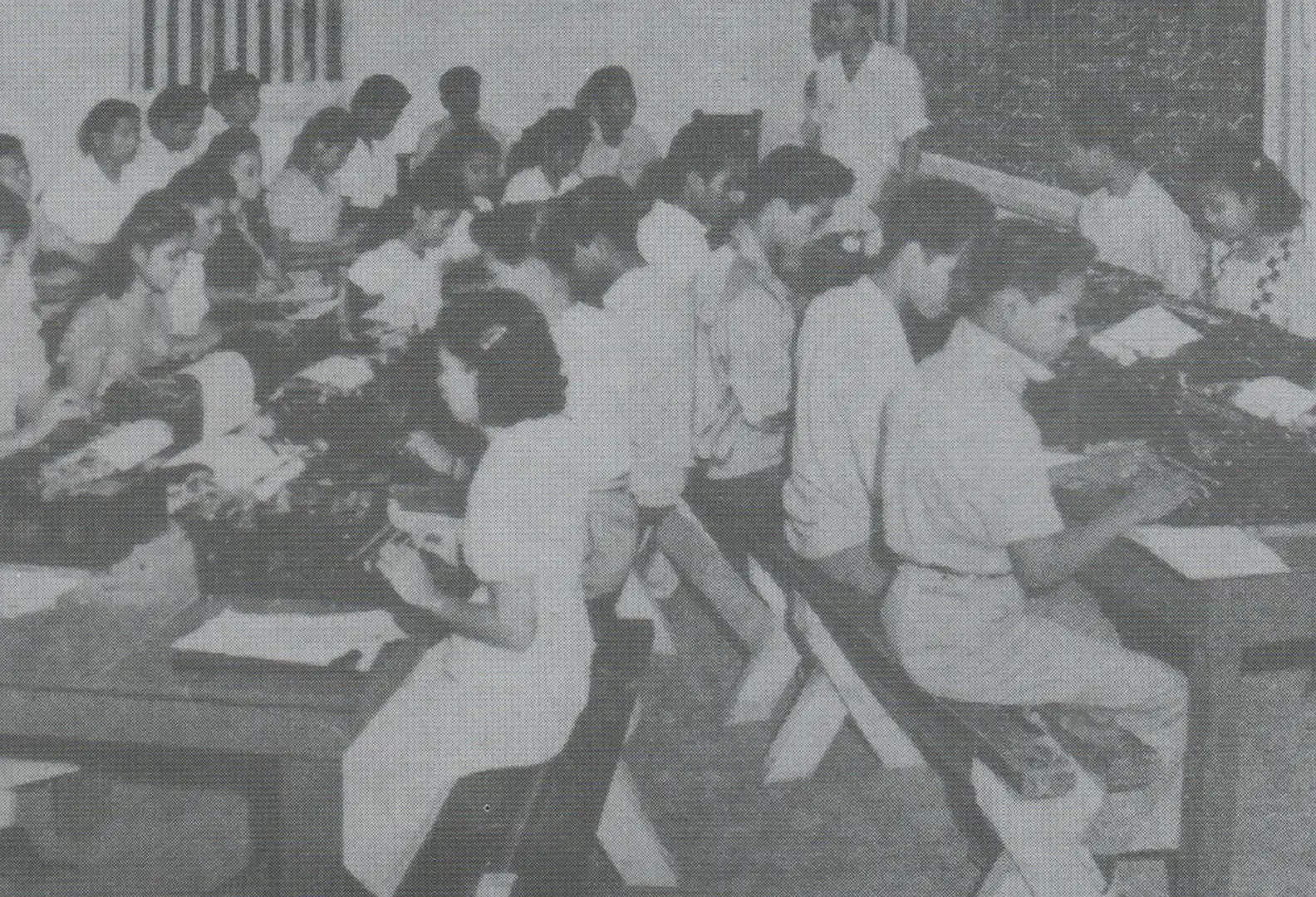
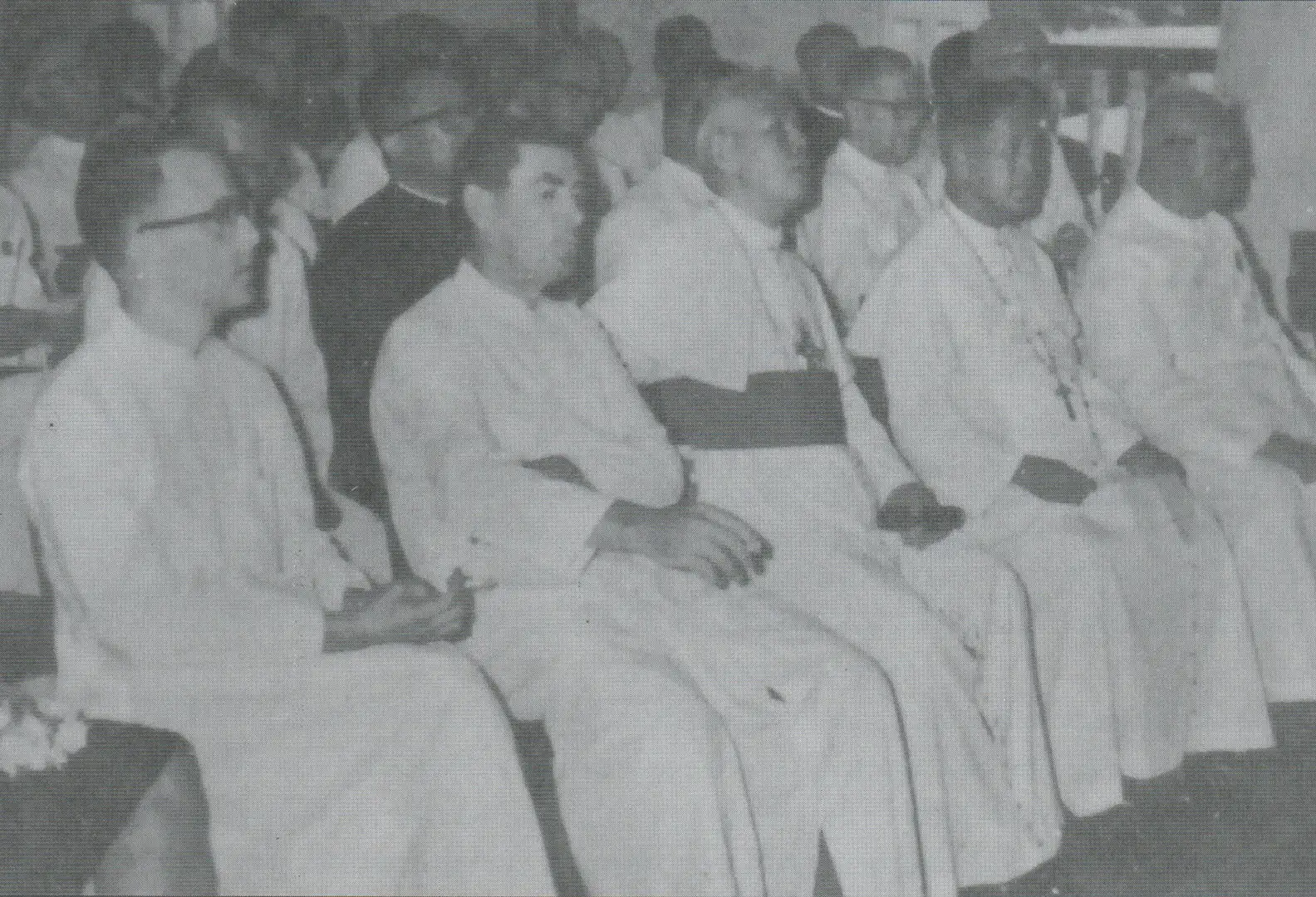
Three sisters of Saint Paul arrived on May 17, 1950. They were Sr. Marietta de St. Paul Somera as Superior Principal, Sr. Mamerta of the Cross Rocero as teacher and Sr. Dolores as housekeeper.
Aside from the existing secondary school, SIHS also offered vocational courses in Stenography and Typing.
In 1951, the Sisters offered a two-year Teacher’s Course in Elementary Education. The school’s name was changed to San Ildefonso Junior College. General Collegiate courses were added to the existing elementary and secondary programs and in 1960, the school attained full college status and its name changed to San Ildefonso College. The four-year Bachelor of Science in Education degree was given recognition in 1960, Bachelor of Science in Commerce and Bachelor of Arts degrees in 1974, the General Clerical Course in 1975 and Junior Secretarial Course in 1986.
During the administration of Sisters of Saint Paul, a great number of its graduates became teachers in different areas in Rizal, particularly in the eastern portion. Some of the graduates ended up joining different religious congregations.
Due to the increase in enrolment, a two-storey semi-concrete building rose in 1959 and another three-storey was constructed in 1962. The latter underwent major repairs in 1986. In 1985, another three-storey building of six classrooms was constructed and completed in 1988.
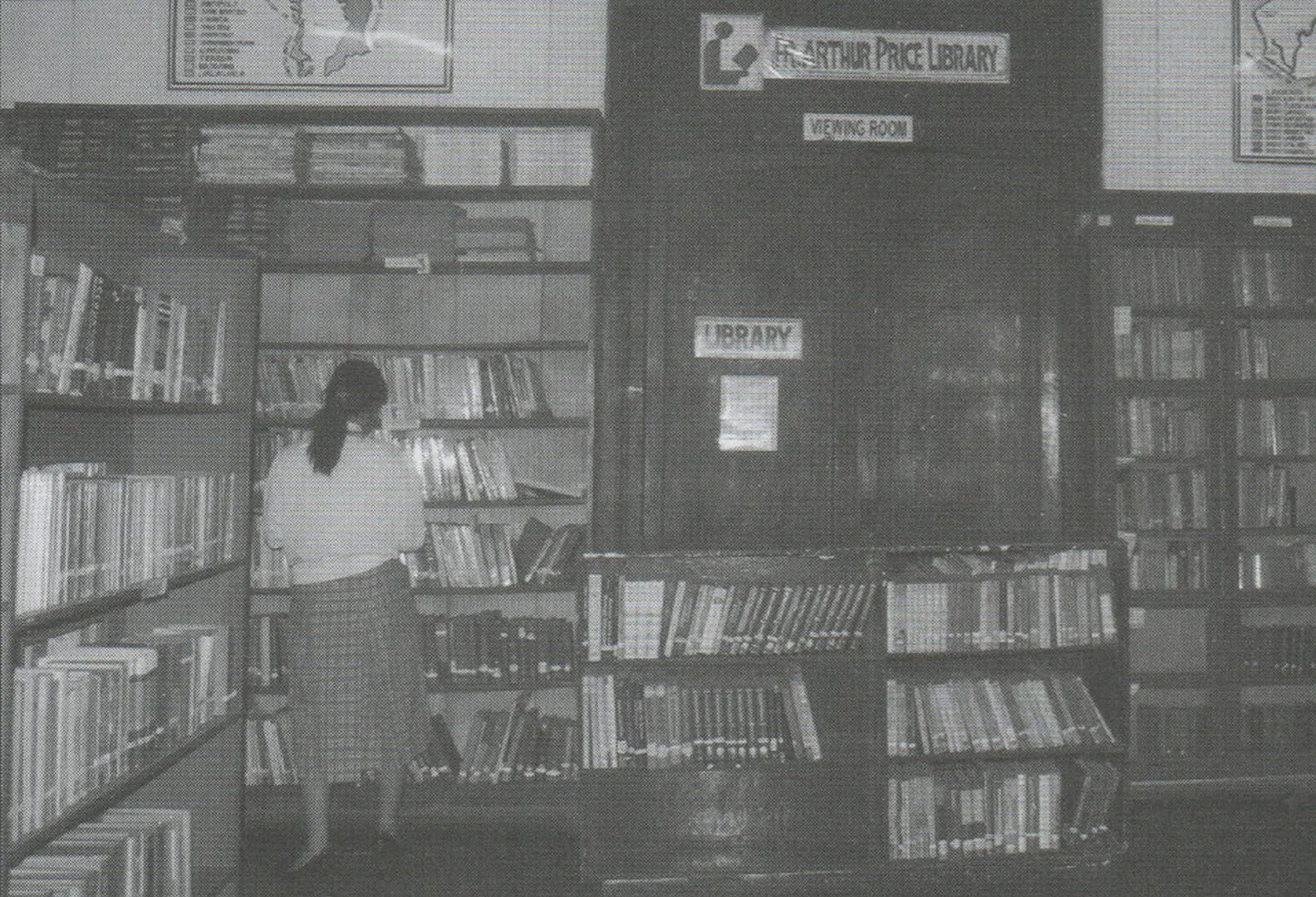
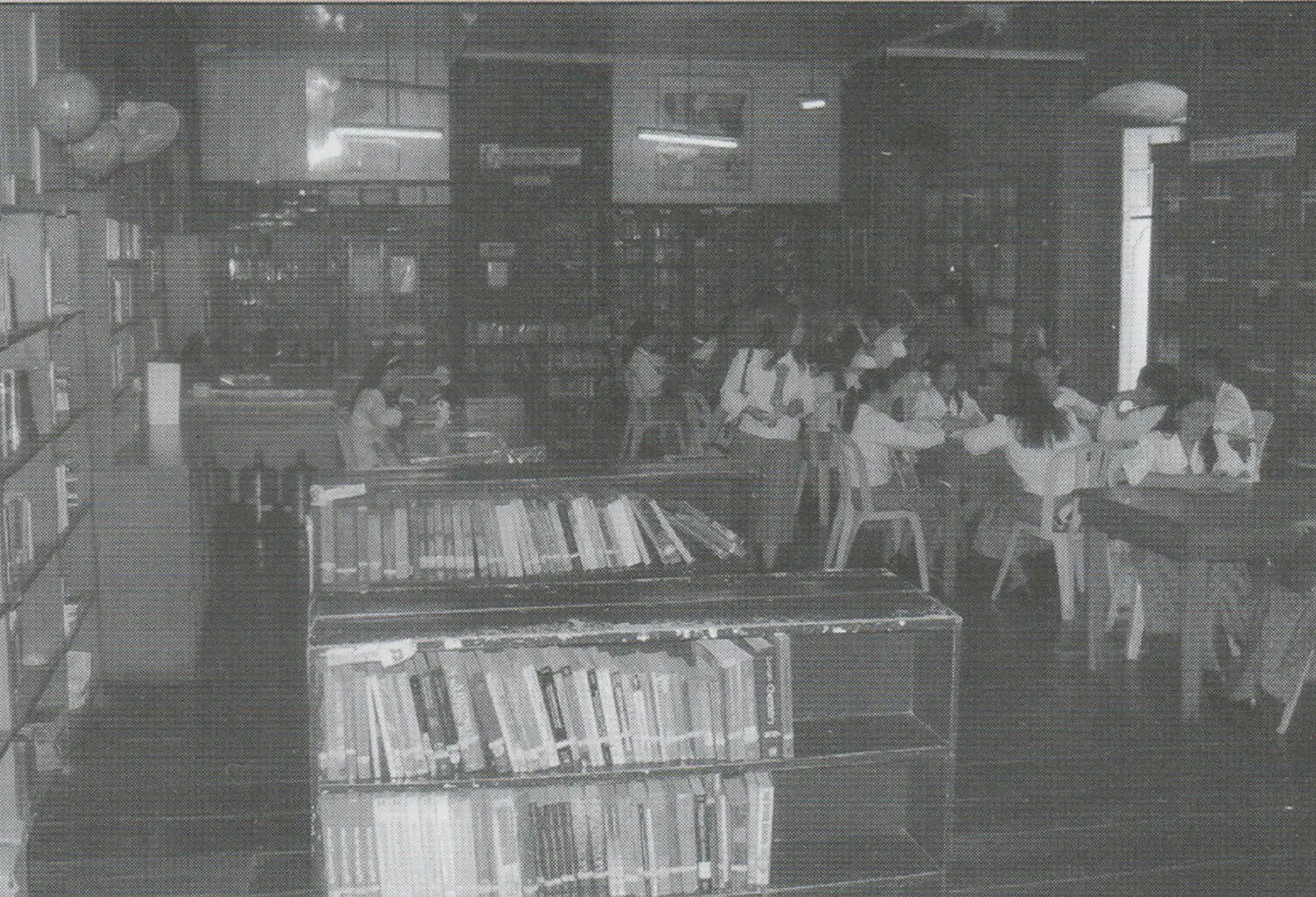
In 1966, Columban Missionaries turned over the parish and school administration to the secular clergy. Fr. Protacio Gungon was the first school director of SIC.
In May 28, 1973, the administration of the college was transferred to the Religious of the Virgin Mary or RVM Sisters. In 1981, Jaime Cardinal Sin elevated the college to archdiocesan status designating the Sister Administrator as Directress of SIC. Sr. Ma. Marietta Escañan was the first RVM Directress of the college.
In 1991, the Board of Trustees whose chairman is Bishop Protacio Gungon appointed Rev. Fr. Efren Arellano, as director of SIC after the RVM Congregation decided to end up administering the college. Also appointed were lay administrators who worked with Fr. Arellano and embarked on a number of development programs and projects geared toward the full realization of a truly responsive and dynamic Christian Catholic San Ildefonso College.
SIC spearheaded the implementation of programs on faculty development among the Diocese of Antipolo Catholic Schools Association and member-schools in her capacity as a conduit of Fund for Assistance to Private Education (FAPE) on teacher and school-related programs.
At present, SIC remains an active member of several Catholic school associations. They now also offer Senior High School curriculum in response to the growing need for education in the country. In pursuit of providing quality and excellence in education, all academic teaching and non-teaching personnel are one in response to the changing needs of times.
